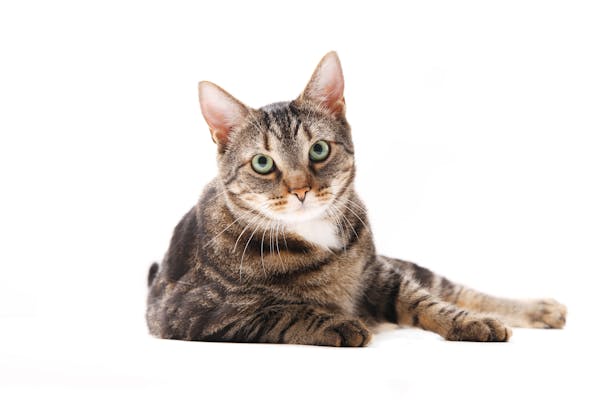For shelter dogs, life is one long cheerleader tryout. If you're young, cute and perky, everybody wants you. Older and plus-sized? Not so much.
So some shelters are changing the way they showcase their canines, hoping to get prospective adopters to look more than fur-deep — and beyond breed labels — to see a dog's character and potential.
"It has become a national conversation," said Stephen Bardy, executive director of the Pet Alliance of Greater Orlando. "We have to get people to think about what they really want in a dog, what really fits with their lives, instead of having them just walk in and say, 'I want a golden retriever puppy.' "
Recently, the agency decided to stop labeling its rescue dogs by their breed type (which was largely guesswork anyway) and employ a "Harry Potter"-themed sorting system. As fans of the popular fantasy series know, Potter and his classmates at the Hogwarts School of Witchcraft and Wizardry are assigned to the boarding school's various houses according to their abilities, personality and preferences.
The Pet Alliance calls it the Pawgwarts kennel, where dogs are labeled by the toys they pick and how they behave in play groups. The staff hung Hogwarts-inspired banners for prospective pet owners and posted each group's traits.
"Hufflepuff are dogs who've never met a stranger, their tails are always wagging and they're always excited to see you," said Diane Anderson, an animal behaviorist who did most of the sorting. "They love to play with socks and fluffy toys."
Gryffindor is for the athletic dogs that chase tennis balls and fetch sticks. Ravenclaw dogs learn tricks quickly and like puzzle-type toys. Slytherin (or Slobberin') is for the ambitious, fearless types, like the Chihuahua that thinks it's a Doberman.
"If you're a 'Harry Potter' fan, you instantly get it," Bardy said. "On the surface, it sounds frivolous, but at the end of the day it has a serious, thoughtful purpose behind it. We can now start talking about these dogs in a very different way."
Bardy sees it as one more step in the evolution of shelters, which often have an abundance of muscular, square-headed dogs that used to be labeled as pit bull mixes.
According to the National Canine Research Council, studies show that even experts struggle to identify dog breeds based solely on appearance, and researchers have known for decades that even first-generation crossbreeds usually look dramatically different than either parent.
Assuming that you know how a dog will behave based on its breed is even more of a crapshoot.
In 2014, the American Veterinary Medical Association found that the breeds reported to be most aggressive toward people were small to medium-sized dogs such as collies, toy breeds and spaniels, although their bites were less likely to inflict serious injury than larger breeds. Dog-bite data from hospitals show that the most prominent offenders have varied over the past few decades as certain breeds rise and fall in popularity.
Still, advocates of downplaying breeds admit that human behavior will be tougher to change than canine behavior.
"I had a couple, both in their 70s, come in wanting a 1-year-old Siberian husky," said Judy Sarullo, founder of Pet Rescue by Judy. "And the dog had no manners. I tell them I have nice dogs, including another husky, that are older and calmer and don't need a daily run and won't knock you down. I try to say that nicely. And then they accuse me of age discrimination."

